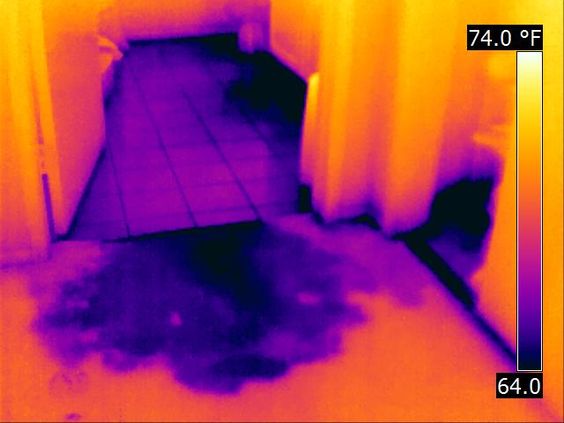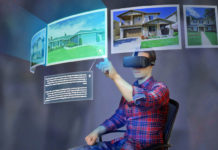Keeping up with the latest technologies is important in almost any industry and property management is no different.
One of the unique technologies being utilized today in the world of property management is the utilization of infrared technology.
How you ask?
Infrared inspections can detect and identify issues with a commercial building, apartment community or single family home that the human eye simply cannot see. This is an excellent alternative to suspecting a potential problem area and having to knock down walls, or take other expensive measures only to find out that an issue did exist in the first place.
The interesting thing about it is that it’s really quite simple to utilize but you have to have access to an infrared camera or hire someone who offers infrared detection services.
What will they look for?
There are a few key areas where infrared is the most effective.
- Inspection
- Energy Management
- Detection
While inspecting a property, perhaps to purchase or take over, the thermal images may detect if there has been a fire at the property and if there are any remaining hot spots. Infrared cameras can also detect areas where there is excess moisture that may not be visible when simply looking at the property. The technology can also be used to determine how a drying out process is coming along if there were issues of excess moisture anywhere.
From an energy management standpoint, thermal imaging can be used to evaluate an HVAC system and determine if there are leaks in the ducts and/or any areas where there may be drastic temperature differences in what should be a balanced flow of air/temperature.
Infrared is an excellent technology to utilize when it comes to mold detection. Any issues related to mold can impact a tenant’s health, can severely impact the condition of a property and overall, can be very expensive to deal with. Infrared cameras can instantly detect where mold may exist in an environment and most importantly, help determine where mold is in areas that a moisture meter cannot detect (behind walls, behind cabinets, underneath flooring etc.).
While this technology may not be totally mainstream, it is an excellent way to evaluate the condition of a property and can cost far less than some of the traditional methods that have been utilized in the past.




















